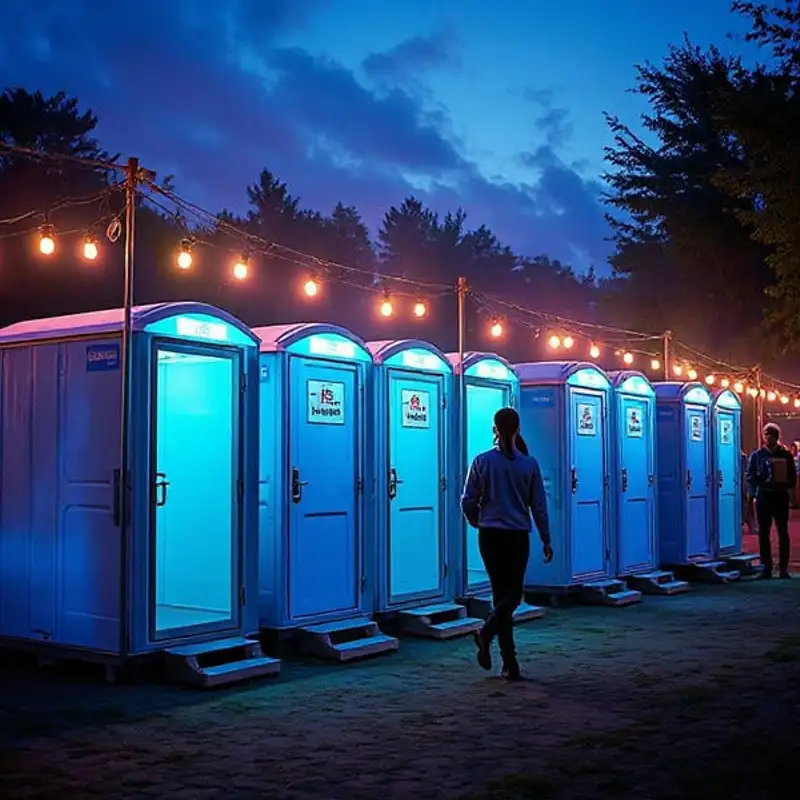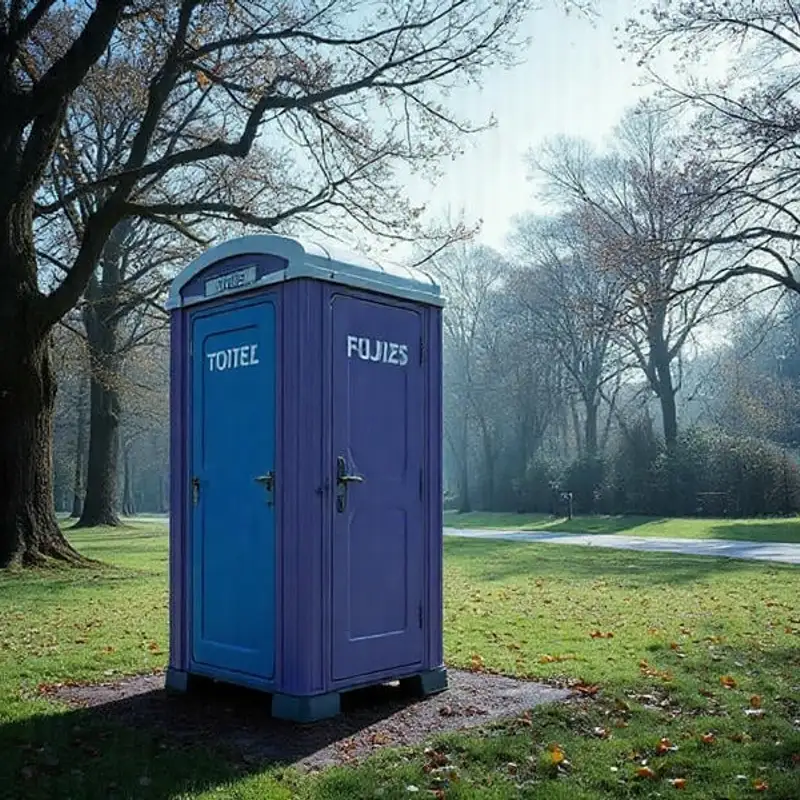The Business Behind the Booth: How Porta Potty Rentals Really Work
Here's something that'll blow your mind - there's a $10 billion industry built around portable toilets that most people never think about, and the profit margins are absolutely incredible.
Those numbers are fascinating - we're talking about units that cost less than a thousand dollars generating over six thousand in annual revenue.
Let me break this down because the economics are mind-blowing. A standard porta potty costs between $600 to $900, and here's the kicker - with proper maintenance, that single unit keeps producing returns for up to 10 years, generating around $6,500 annually.
So what's the real secret to making money in this business? Because those numbers seem almost too good to be true.
Well, here's where it gets interesting - the highest margins aren't even in the rentals. Emergency service calls bring in $75-100 profit per visit, and regular weekly cleaning generates $25-35 profit per service. When you scale this up to 50 units, you're looking at potential annual profits of $130,000 to $205,000 before overhead.
Hmm... but managing all those units must be incredibly complex. How do successful companies handle the logistics?
That's where route density becomes crucial. The average service truck handles 20-25 units daily, but if you optimize routes to handle 30+ units, you've just increased profits by 20% without adding costs. Every mile between stops costs $1.25-1.75 in expenses.
You know what's really surprising? The seasonal patterns in this industry. I mean, June through September accounting for 80% of event rental revenue - that must create some serious challenges.
Exactly right, and that's why cash management is so critical. The successful operators maintain a three-month operating reserve minimum and do something really clever - they focus on maintenance during winter months and expand their fleet in Q1, not Q2 when everyone else is scrambling.
The maintenance costs really tell the story - $50-70 per unit annually for preventative care versus $150-200 for emergency repairs.
And here's something most people don't realize - for every 10 active rentals, you need one backup unit. But it varies by region - Eastern Massachusetts keeps 12% backup inventory because of winter damage risks, while New Hampshire needs 15% minimum.
That reminds me of that fascinating case study from Boston - the construction company that was hemorrhaging money because of poor porta potty management.
Oh man, that case really shows how proper management transforms operations. They were losing $9,600 monthly just in worker time waste because people had to walk too far to use the facilities. The solution wasn't complicated - they repositioned units based on work zones and adjusted service schedules to match worker counts.
The industry consolidation cycles are pretty interesting too - it seems like there's a pattern to how these businesses grow and get acquired.
You're right - the industry consolidates every 7-10 years, with small operators getting purchased at 3-4 times annual EBITDA. But here's the key - service quality drives valuation multiples more than unit count. And speaking of growth, there's very specific math to expansion - each new service location needs a minimum of 75-100 units to justify the overhead.
The vertical integration strategies seem pretty sophisticated too - like how different services bring in such varying profit margins.
Looking at those numbers, emergency services lead with 50-60% margins, luxury restroom trailers bring 40-50%, and construction sits at 25-30%. But it's not about chasing the highest margins - it's about building a balanced portfolio for stable year-round cash flow.
The startup costs are pretty significant though - this isn't exactly a business you can bootstrap from your garage.
That's right - you need at least 30-50 units and one service truck just to have a minimum viable operation. That's a $50,000-75,000 investment before you see your first dollar of revenue. Plus, there's the ongoing operational costs - fuel, disposal fees, cleaning products, and labor.
Well, looking at all these details, it's clear why they say this industry doesn't reward creativity - it rewards consistency and careful planning.
And that might be the biggest lesson here - sometimes the most profitable businesses are the ones that focus on executing the basics exceptionally well. Behind every porta potty is a carefully orchestrated system of logistics, maintenance, and financial planning that keeps our world running smoothly, even if most people never think about it.

